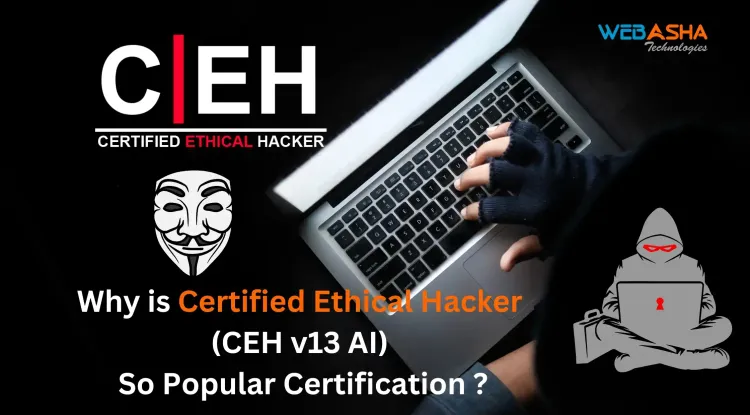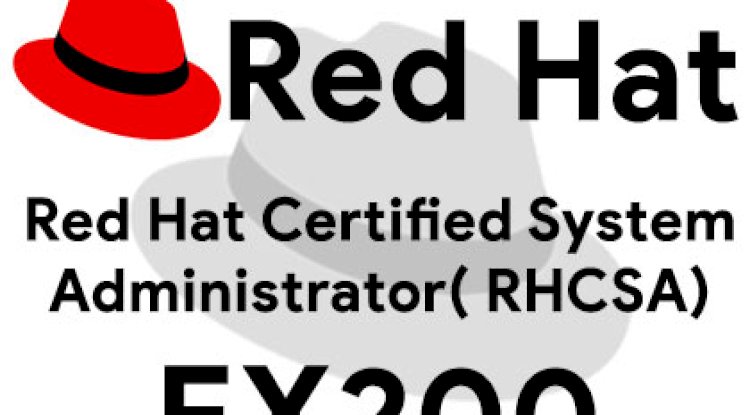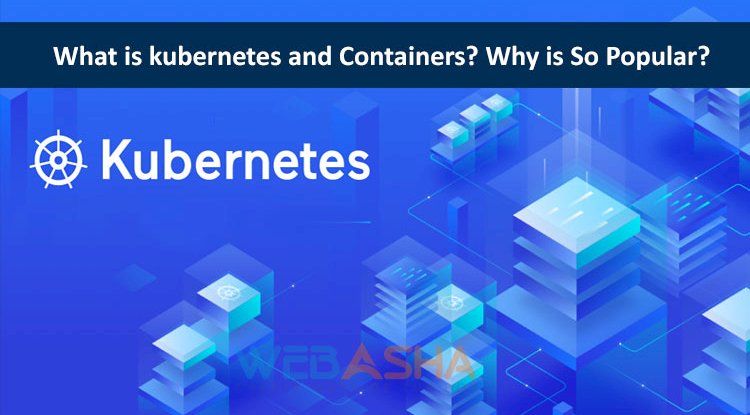How DeepPhish is Revolutionizing Phishing Detection | AI-Powered Email Security & Threat Prevention
Phishing remains one of the biggest cybersecurity threats, tricking users into revealing sensitive information. Traditional detection methods often fail to identify sophisticated phishing scams. DeepPhish, an AI-driven phishing detection system, leverages machine learning (ML), deep learning, and natural language processing (NLP) to analyze emails, detect malicious links, and identify phishing websites in real time. It helps businesses and individuals combat phishing threats with high accuracy, automated threat analysis, and adaptive learning. This blog explores how DeepPhish works, its advantages over traditional security measures, and its role in modern cybersecurity.

Table of Contents
- Introduction
- What Is DeepPhish?
- How Does DeepPhish Work?
- Why DeepPhish Is a Game Changer for Phishing Detection
- Comparing DeepPhish with Traditional Phishing Detection
- Real-World Applications of DeepPhish
- Challenges and Limitations of AI in Phishing Detection
- The Future of AI in Phishing Detection
- Conclusion
- FAQs
Introduction
Phishing attacks remain one of the most dangerous and prevalent cybersecurity threats affecting individuals and organizations worldwide. As cybercriminals develop more sophisticated phishing techniques, traditional security measures struggle to keep up. DeepPhish, an AI-driven phishing detection system, is transforming how businesses and security experts identify and mitigate phishing threats. This blog takes a deep dive into how DeepPhish works, its role in modern cybersecurity, and why AI-powered phishing detection is a game changer.
What Is DeepPhish?
DeepPhish is an advanced Artificial Intelligence (AI)-powered phishing detection system that leverages machine learning (ML), deep learning, and natural language processing (NLP) to identify phishing attacks in real time. It is designed to detect phishing emails, fake websites, malicious links, and fraudulent login pages by analyzing vast datasets and recognizing deceptive patterns that traditional detection methods often miss.
Unlike traditional rule-based phishing detection, which relies on blacklists and predefined rules, DeepPhish continuously learns from new phishing attempts, making it highly adaptive and effective against evolving threats.
How Does DeepPhish Work?
DeepPhish employs a multi-layered AI approach to detect phishing threats with high accuracy. Below are the key components of its working mechanism:
-
Email and Website Analysis
- DeepPhish scans emails, links, and websites to detect suspicious elements.
- It evaluates sender authenticity, domain reputation, and embedded links for phishing indicators.
-
Machine Learning & Deep Learning Models
- It uses ML algorithms to analyze historical phishing attacks and identify new patterns.
- Deep learning models process email content, attachments, and visual elements to recognize fraudulent attempts.
-
Natural Language Processing (NLP)
- NLP helps DeepPhish analyze email content, message tone, and linguistic patterns that phishers use to trick users.
- It detects impersonation attempts by comparing writing styles to known legitimate sources.
-
Image and Logo Recognition
- Phishers often use fake logos and brand images to make emails or websites look legitimate.
- DeepPhish uses AI-powered image recognition to differentiate between real and manipulated logos.
-
Behavioral Analysis
- AI tracks user behavior and interaction patterns with links and websites.
- If an email or website deviates from normal behavior, DeepPhish flags it for further inspection.
-
Real-Time Threat Intelligence
- DeepPhish integrates with threat intelligence databases to cross-check known phishing threats.
- It updates its models continuously to recognize new tactics used by cybercriminals.
Why DeepPhish Is a Game Changer for Phishing Detection
Phishing attacks are becoming more sophisticated, and traditional security measures often fail to detect them. DeepPhish provides a next-generation phishing detection solution with several advantages:
- AI-Powered Accuracy: DeepPhish improves phishing detection rates compared to traditional signature-based detection systems.
- Automated Threat Identification: It scans millions of emails and URLs in real time without manual intervention.
- Adaptive Learning: Unlike traditional methods, DeepPhish learns from new phishing tactics, making it more effective over time.
- Reduced False Positives: Many traditional phishing detection systems flag legitimate emails as phishing attempts. DeepPhish reduces false positives by using contextual AI analysis.
- Enterprise-Level Security: DeepPhish integrates with email security systems, browsers, and cloud services to protect businesses from phishing attacks.
Comparing DeepPhish with Traditional Phishing Detection
| Feature | DeepPhish (AI-Based) | Traditional Detection |
|---|---|---|
| Learning Ability | Adaptive (ML & AI-based) | Static (Rule-based) |
| Detection Speed | Real-time | Often delayed |
| Accuracy | High (Context & Behavior-based) | Moderate (Signature-based) |
| False Positives | Low | High |
| Threat Intelligence | Continuous Updates | Manual Updates |
| Phishing Link Detection | AI-Powered URL Analysis | Domain Blacklists |
| Email Spoofing Detection | NLP & AI-driven | Signature Matching |
Real-World Applications of DeepPhish
DeepPhish is widely used across multiple industries to strengthen cybersecurity and prevent phishing threats:
- Banking & Finance: Prevents phishing emails targeting financial transactions and customer data.
- E-Commerce: Detects fake online stores and fraudulent transaction requests.
- Corporate Security: Protects organizations from business email compromise (BEC) scams.
- Healthcare: Secures patient data from phishing attempts targeting medical records.
- Government & Defense: Detects nation-state phishing threats and cyber espionage attempts.
Challenges and Limitations of AI in Phishing Detection
While AI-powered solutions like DeepPhish offer significant advantages, they also have some limitations:
- Evasive Phishing Tactics: Cybercriminals develop AI-resistant phishing techniques that require continuous model updates.
- AI Model Bias: False negatives can occur if the AI misinterprets new phishing strategies.
- Resource Intensive: AI-based detection systems require high computing power and cloud integration.
The Future of AI in Phishing Detection
AI-powered phishing detection tools like DeepPhish will continue to evolve as phishing attacks become more complex. Future enhancements may include:
- Advanced Deep Learning Models to detect AI-generated phishing attacks.
- Blockchain Integration for securing email authenticity and domain verification.
- Autonomous Threat Response systems that automatically neutralize phishing threats before users are exposed.
As AI technology advances, DeepPhish and similar tools will play a crucial role in protecting individuals and businesses from cyber threats.
Conclusion
Phishing remains one of the biggest cybersecurity threats, and traditional detection methods are no longer enough to combat evolving phishing scams. DeepPhish uses AI, deep learning, and NLP to detect, analyze, and prevent phishing attempts with high accuracy.
Businesses and individuals must adopt AI-driven phishing detection to stay ahead of cybercriminals. As phishing tactics evolve, tools like DeepPhish provide a proactive defense against email fraud, fake websites, and phishing scams.
Adopting AI-powered security measures is no longer an option—it’s a necessity in the modern digital landscape.
FAQs
What is DeepPhish, and how does it detect phishing attacks?
DeepPhish is an AI-powered phishing detection tool that identifies phishing emails, malicious links, and fraudulent websites using machine learning, deep learning, and natural language processing (NLP).
How does DeepPhish differ from traditional phishing detection methods?
Unlike traditional rule-based methods that rely on blacklists, DeepPhish continuously learns from new phishing attempts, improving detection accuracy.
Can DeepPhish detect phishing emails in real time?
Yes, DeepPhish analyzes emails in real-time, detecting phishing attempts before they reach users.
How does NLP help in phishing detection?
NLP allows DeepPhish to analyze email content, detect suspicious language patterns, and identify impersonation attempts.
What role does machine learning play in DeepPhish?
Machine learning helps DeepPhish learn from past phishing attacks, identify patterns, and improve detection accuracy over time.
Can DeepPhish detect fake login pages and phishing websites?
Yes, DeepPhish uses image recognition and AI-based URL analysis to differentiate between real and fake login pages.
Is DeepPhish suitable for businesses and enterprises?
Absolutely. DeepPhish integrates with corporate email security systems to protect businesses from phishing scams.
How does DeepPhish reduce false positives in phishing detection?
DeepPhish applies context-aware AI to differentiate between genuine emails and phishing attempts, reducing false alerts.
Does DeepPhish protect against spear phishing and BEC scams?
Yes, DeepPhish is designed to detect sophisticated phishing attempts like Business Email Compromise (BEC) scams.
Can DeepPhish be integrated with existing cybersecurity solutions?
Yes, DeepPhish can integrate with email security gateways, firewalls, and threat intelligence platforms.
What industries can benefit from DeepPhish?
Industries like finance, healthcare, e-commerce, government, and corporate enterprises can use DeepPhish for phishing protection.
How does DeepPhish detect phishing links within emails?
DeepPhish scans links for suspicious redirects, domain mismatches, and fake website characteristics.
Does DeepPhish work with cloud-based email services?
Yes, DeepPhish supports Gmail, Outlook, and other cloud-based email platforms.
Can DeepPhish prevent email spoofing attacks?
Yes, DeepPhish analyzes email headers, sender reputation, and domain authenticity to prevent spoofing.
How effective is DeepPhish compared to human analysts?
DeepPhish can process millions of emails in seconds, providing faster and more consistent phishing detection than manual analysis.
Does DeepPhish use threat intelligence feeds?
Yes, DeepPhish integrates with global threat intelligence databases to stay updated on emerging phishing threats.
How does DeepPhish identify new phishing tactics?
DeepPhish’s adaptive learning helps it detect evolving phishing tactics by analyzing historical and real-time phishing data.
Can DeepPhish detect phishing attempts in languages other than English?
Yes, DeepPhish supports multi-language phishing detection using NLP models.
What happens when DeepPhish detects a phishing attempt?
DeepPhish can quarantine, flag, or notify users and IT security teams about phishing threats.
Does DeepPhish require constant updates?
No, DeepPhish updates automatically by learning from new phishing threats without requiring manual intervention.
How does DeepPhish detect phishing websites that mimic real brands?
It uses logo recognition, website structure analysis, and domain validation to differentiate real and fake sites.
Can DeepPhish protect against AI-generated phishing emails?
Yes, DeepPhish is designed to detect AI-generated phishing scams and deepfake email attacks.
Does DeepPhish slow down email delivery?
No, DeepPhish works in real-time and does not impact email delivery speeds.
How accurate is DeepPhish in detecting phishing attempts?
DeepPhish has a high accuracy rate with low false positives, making it more reliable than traditional filters.
Is DeepPhish only for enterprises, or can individuals use it?
DeepPhish is available for both individuals and businesses to improve phishing detection and email security.
Does DeepPhish require AI expertise to set up?
No, DeepPhish is designed for easy integration with existing security systems without requiring AI expertise.
Can DeepPhish stop phishing attempts before they reach users?
Yes, DeepPhish can quarantine or block phishing emails before they appear in users’ inboxes.
How does DeepPhish handle phishing emails that bypass traditional spam filters?
DeepPhish analyzes content, links, sender reputation, and behavioral patterns to catch phishing emails missed by spam filters.
Is DeepPhish future-proof against advanced phishing threats?
Yes, with continuous AI model updates and threat intelligence integration, DeepPhish evolves to counter new phishing tactics.












![Top 10 Ethical Hackers in the World [2025]](https://www.webasha.com/blog/uploads/images/202408/image_100x75_66c2f983c207b.webp)

![[2025] Top 100+ VAPT Interview Questions and Answers](https://www.webasha.com/blog/uploads/images/image_100x75_6512b1e4b64f7.jpg)









